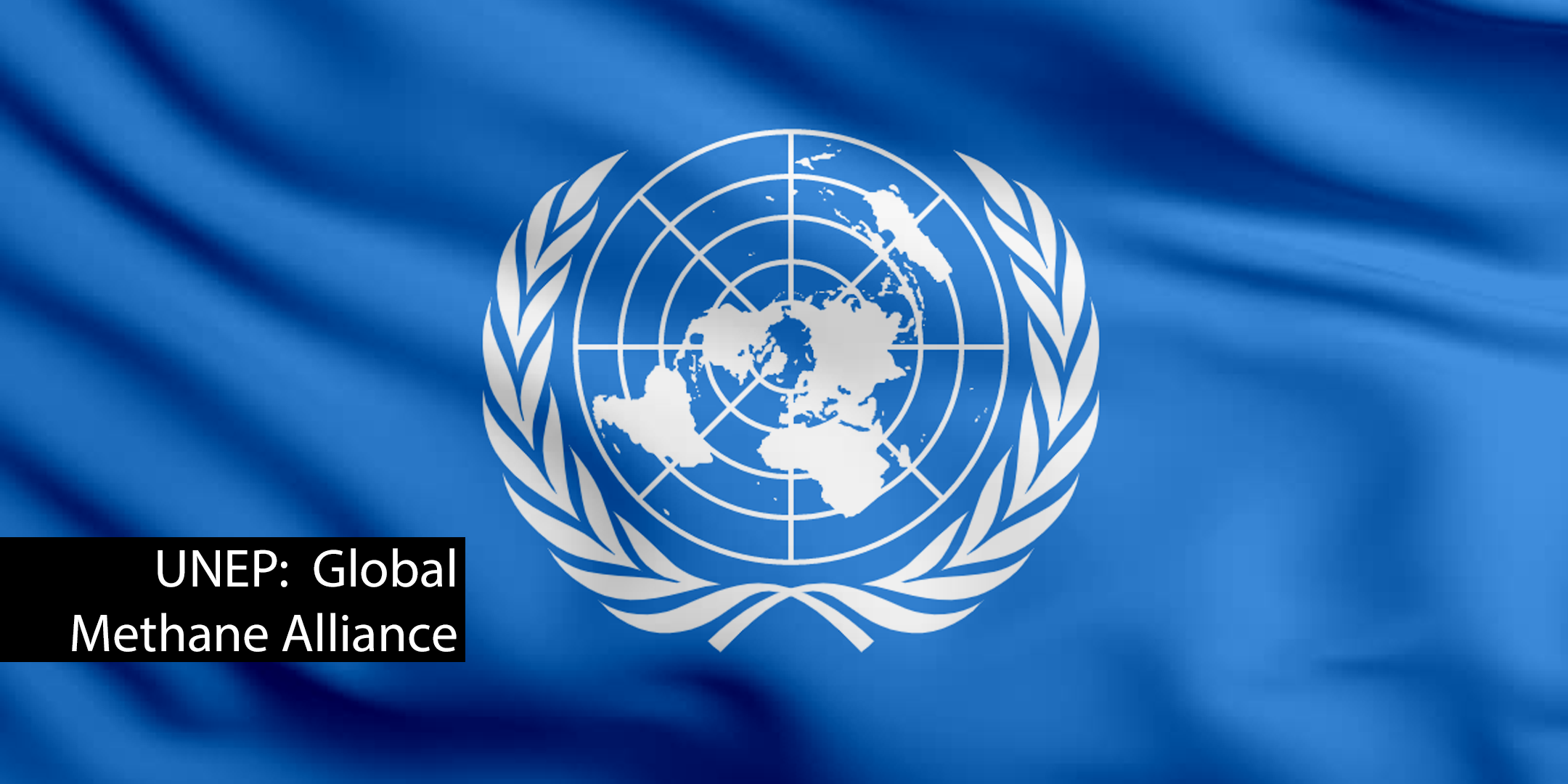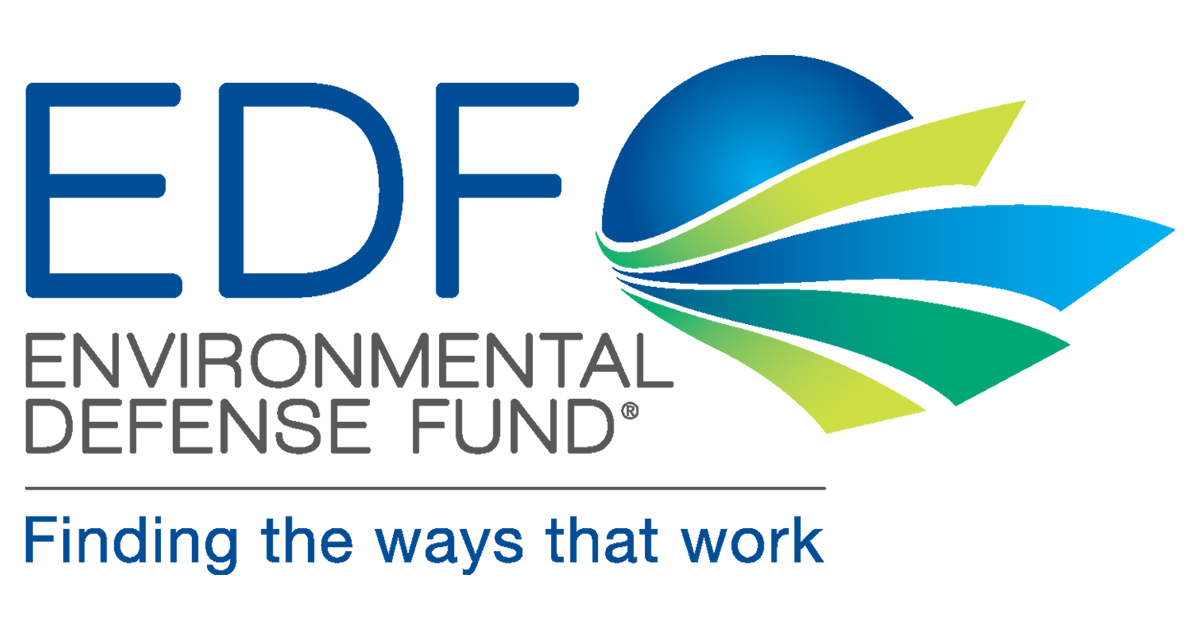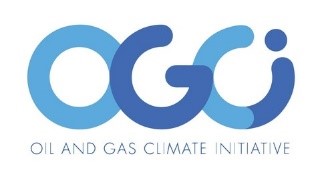
UNEP: Global Methane Alliance: Committing to Significantly Reduce Methane Emissions in the Oil and Gas Sector by 2030
Launched by the United Nations Environmental Programme (UNEP) and the Climate and Clean Air Coalition (CCAC) in September 2019, the Global Methane Alliance (GMA) gathers international organizations, non-governmental organizations, financing institutions, and the oil and gas industry to support countries in setting ambitious methane reduction targets for the oil and gas industry, with the goal of achieving reductions up to 6 gigatons CO2e by 2030.
-
UNEP has hosted regional meetings in Peru, Cote d’Ivoire, and Thailand to bring together government representatives from the Ministries of Energy and Environment to learn about methane emissions in the oil and gas industry and opportunities to reduce these emissions. Relevant stakeholders gathered to discuss methane regulations and the various ways that the GMA can help countries achieve meaningful emission reductions without hampering other economic and developmental goals. Two additional meetings are scheduled to take place in 2020 in Central Asia and the Middle East with the same goal of giving representatives from large gas-producing nations an opportunity to exchange ideas and information with each other.
-
Through its Solution Center, CCAC offers assistance to all interested governments and other actors ready to make strong and ambitious commitments to reduce methane emissions from the oil and gas sector.

Workers inspecting a storage tank. Photo credit: CCAC Secretariat.
GMA Commitment Options
Countries that join the GMA commit to include oil and gas sector methane reduction targets in their Nationally Determined Contribution (NDC), per Article 4 of the Paris Agreement, or their climate and energy plans, as part of their overall greenhouse gas reduction targets.
Countries choose either an absolute reduction target or a methane intensity target.
- Committing to an absolute reduction target requires the country to reduce methane emissions by at least 45 percent by 2025 and 60-75 percent by 2030.
- Countries that commit to a methane intensity target are required to reach “near-zero” methane emissions. The methane intensity target refers to the amount of methane emissions as a percentage of the total amount of methane processed. “Near zero” is considered to be an intensity of 0.25 percent or below.
Supporting partners help countries pursue these targets through technical assistance and policy support, and by sharing knowledge, technologies, and best management practices.
GMA Supporting Partners
GMA supporting partners include the Environmental Defense Fund (EDF), the Clean Air Task Force (CATF), the International Energy Agency (IEA), the European Bank for Reconstruction and Development (EBRD), and the Oil and Gas Climate Initiative (OGCI).
- EDF and CATF provide technical and policy assistance and are collaborating with UNEP on planning regional high-level meetings to build awareness among countries about oil and gas methane emissions.
- The IEA provides best-available data and analysis on oil and gas methane emissions, abatement potentials, and technologies to support governments in drafting effective methane policy.
- The EBRD provides technical assistance and facilitates knowledge transfer on methane emissions measurement, reporting, and reduction, and may finance methane reduction investment plans.
- Through the OGCI, 13 of the largest oil and gas companies in the world are supporting countries through technical assistance and best practice sharing, as well as providing assistance to conduct baseline assessments and other measurement studies.




